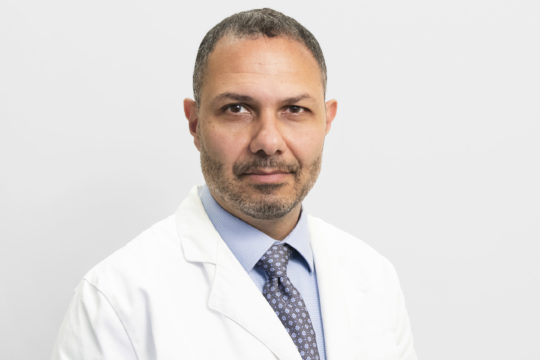Decreasing External Ventricular Drain Infection Rates in the Neurocritical Care Unit: 12-Year Longitudinal Experience at a Single Institution
Konrad W. Walek, Owen P.Leary, Rahul Sastry, Wael F. Asaad, Joan M.Walsh, Leonard Mermel
 Objective
Objective
External ventricular drain (EVD) placement is a common neurosurgical procedure, and EVD-related infection is a significant complication. We examined the effect of infection control protocol changes on EVD-related infection incidence.
Methods
Changes in EVD placement protocol and incidence density of infections after implementation of protocol changes in the neurocritical care unit were tracked from 2007 to 2019. EVD infections were defined using a modified U.S. Centers for Disease Control and Prevention National Healthcare Safety Network surveillance definition of meningitis/ventriculitis for patients with EVDs in situ for at least 2 days confirmed by positive culture. Contribution of protocol changes to EVD infection risk was assessed via multivariate regression.
Results
Fifteen major changes in EVD protocol were associated with a reduction in infections from 6.7 to 2.0 per 1000 EVD days (95% confidence interval [CI], 4.1–5.3; P < 0.001). Gram-positive bacterial infection incidence decreased from 4.8 to 1.7 per 1000 EVD days (95% CI, 2.3–3.9; P = 0.00882) and gram-negative infection incidence decreased from 1.9 to 0.5 per 1000 EVD days (95% CI, 0.6–2.3; P = 0.0303). Of all protocol changes since 2007, the largest reduction in incidence was 3.9 infections per 1000 days (95% CI, 0.50–7.30; P = 0.011), associated with combined standardization of reduced EVD sampling frequency, cutaneous antisepsis with alcoholic chlorhexidine before EVD placement, and use of a subcutaneous tunneling technique during EVD insertion.
Conclusions
The most significant reduction in EVD infections may be achieved through the combination of reducing EVD sampling frequency and standardizing alcoholic chlorhexidine cutaneous antisepsis and subcutaneous tunneling of the EVD catheter.
Read the Full Article Here


